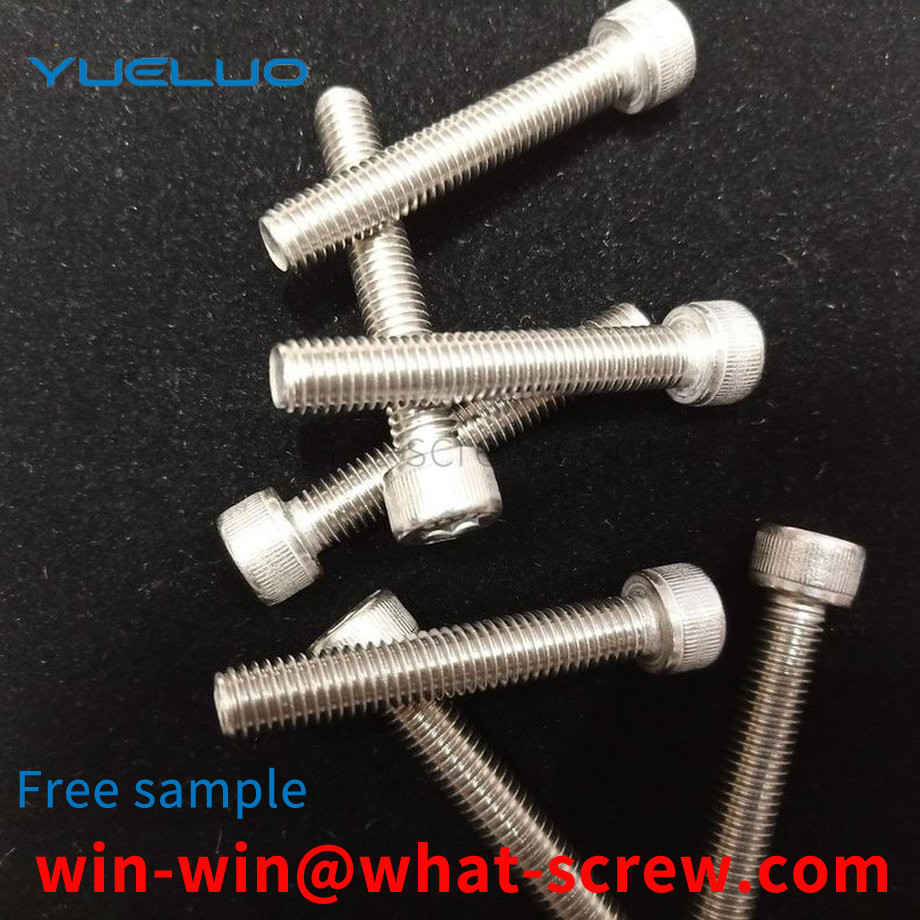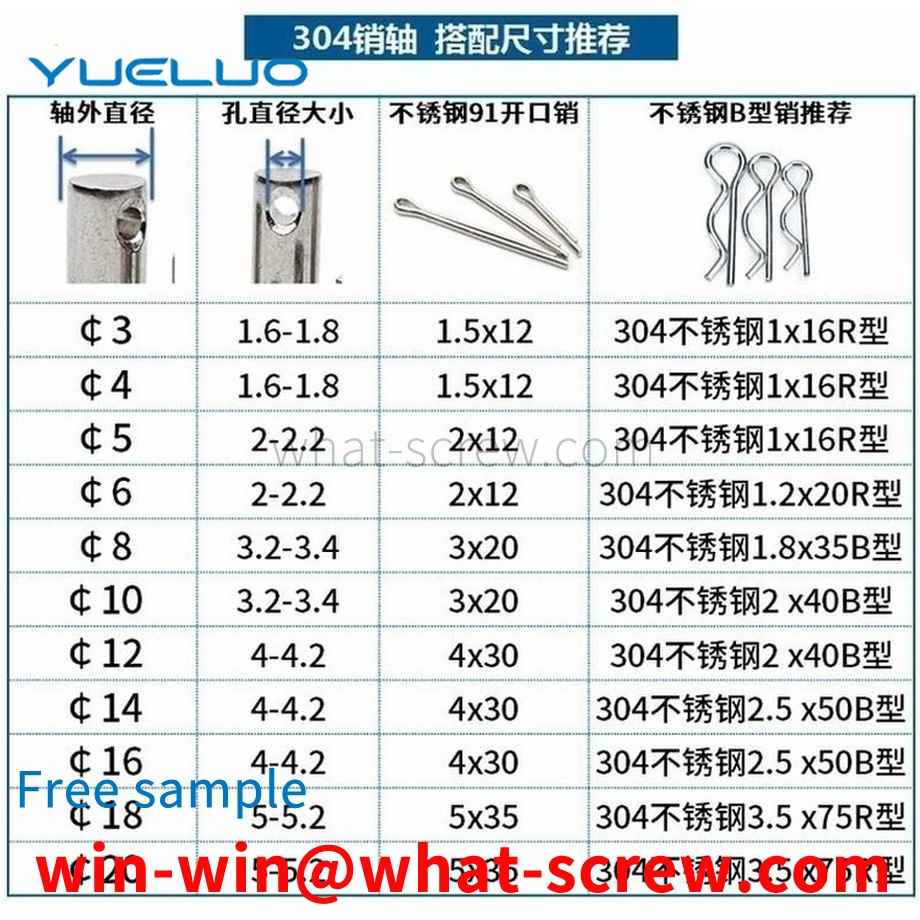Many customers ask what is the difference between a rivet nut and a rivet nut, and how to use it? Let's take a look at the difference between a rivet nut and a rivet nut with Yueluo. First of all, in terms of appearance, you can look at the differences in appearance. In terms of appearance, the difference between the rivet nut and the pressure rivet nut is still very big, but their main functions are almost the same. They all provide threads for thin plates, but the way of installation is different. The method of installation greatly determines the purpose and use of a nut. First of all, the installation method of the riveting nut is to use the riveting equipment to carry out the riveting, so it is suitable for use in the place where the riveting is not easy for the square tube and the round tube. The rivet nut also makes up for some of the shortcomings of electric welding, such as aesthetics, and places that are not easy to weld, such as thin plates.
The pressure riveting nut is divided into free-cutting steel pressure riveting nut S type, stainless steel pressure riveting nut type CLS, stainless iron pressure riveting nut SP type and copper and aluminum pressure riveting nut CLA type, which should be used in different environments. . Sizes are usually from M2 to M12. There is no unified national standard for rivet nuts, and they are often used in chassis cabinets and sheet metal industries. S series, CLS series, SP series pressure riveting nuts use the internal thread as a simple method to install in precision sheet metal products, and use small and precise nuts for reliable fixing to completely process the side plate of the sheet metal. The nut is inserted into the hole of the metal plate, and the inlay strengthening function is completed by pressure. Application advantages 1. The back of the plate remains completely flat; 2. Small size and precision, suitable for all electronic or precision equipment; 3. High torque resistance; 4. Easy equipment, simple riveting; 5. Standardized serialization can meet various design requirements .
After the centrifugal fan blade is assembled in the square cabinet, it needs to be fixed with nuts. The components needed to fix the centrifugal fan blades are gaskets, washers and nuts. During the operation, it is necessary to assemble the gasket, washer and nut in sequence, then drip the fastening glue, and then fix it.
The hinge is a hinge, which is often composed of two folds. It is a part that connects the two parts of the object and can make it move. The hinge supporting screws are installed on the corresponding objects. For different use environments, the requirements for the supporting screws are also different. different. Most of the existing screws are set to a single-threaded structure. When used to cut into a wooden door, the cutting speed is slow, and the cutting effect is not ideal, which is not conducive to cutting into a hard wooden door, etc., and the commonly used screws are often made of iron materials. It is easy to rust after contact with water vapor, reducing the service life; in addition, when the screw is driven into the wooden door, the chips generated cannot be discharged in time, and stay inside the wooden door and surround the screw, forming expansion stress, thereby squeezing the wooden substrate, which is not conducive to the screw. The connection with the wooden door is stable, which easily affects the normal installation of the hinge, and the use effect is poor. To sum up, in order to solve the shortcomings of the existing screw structure for hinges, Guangdong Yueluo Hardware Industry Co., Ltd. designed a hinge screw with simple structure, convenient use, fast construction and good effect.
The combination screw is actually a kind of screw, but it is special. It is generally a three-component or a two-component, but at least it can be called a combination screw. The main difference from ordinary screws is that they are equipped with one more spring washer or one more flat washer than ordinary screws. This is the main difference between the appearance of combination screws and ordinary screws. In addition to the obvious difference in appearance between combination screws and ordinary screws, the main difference is the difference in mechanical properties and uses. The combination screw is a three-component or two-component with a flat washer. Of course, it is equipped with a flat washer by an ordinary screw. When the spring flat pad is attached, the spring flat pad will not fall off. Fastened to form an assembly. In terms of mechanical performance, the combination screw is composed of three accessories, and in terms of performance, three fasteners must be used together. The mechanical properties of the combined screw are stronger when used. More convenient, the biggest advantage of the combined screw is that the production line can be operated conveniently and quickly, and the work efficiency can be improved. The difference between the use of combination screws and ordinary screws is mainly in the breadth of use. The use of ordinary screws is more extensive than that of combination screws. Basically, ordinary screws are used in industrial products, and combination screws! It is only useful for specific product materials. When the screw needs to be used with a spring washer and a flat washer, the combination screw can be used at this time.
We have many years of experience in the production and sales of screws, nuts, flat washers, etc. The main products are: 816 bolts, high-strength stainless steel, U-shaped steel pins, split washers and other products, we can provide you with suitable fastener solutions for you.



















 Service Hotline
Service Hotline




